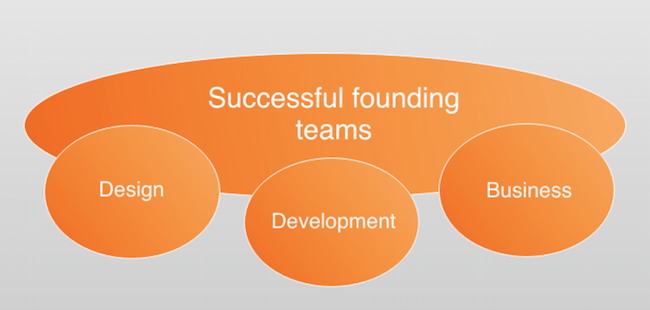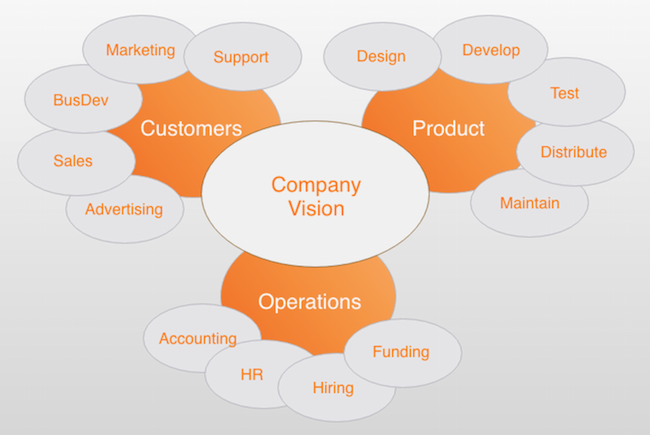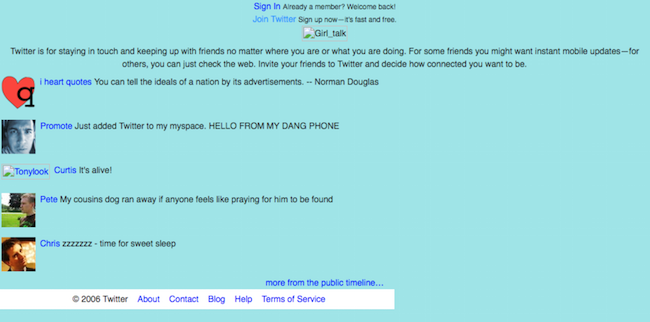Founding a startup isn’t for everyone, but for those with both an entrepreneurial and creative mindset, the urge to define a product vision, to make the world a better place or just to get ridiculously rich can be just too much to say no.

The good news is that the need for great design is now well understood in mature startup ecosystems. Forbes described the startup “dream team” as including a “Hustler (business), Hacker (code) and Hipster (design)”. The creative skills you bring to the table are now widely considered to be an equal part of the overall success of your future startup, and the people you choose to work with should know, understand and appreciate this.
You have to adopt the title of founder and drop the title of designer.
If you expect to do design and nothing else to a startup, you aren’t going to get on well. Typically, the amount of design time needed in a startup is limited by the number of people available to implement the product vision. In a larger company you might be able to feed 3-5 developers with work on an ongoing basis - but in your early stage startup you simply won’t have that number of developers to work with.
You will eventually have to take on additional responsibilities outside your core areas of expertise (this is ever more true if you come from an environment where graphic designers, interaction designers, UX researchers etc are all separate roles).
When you manage everything yourself (your social media, lead generation, client management, the actual client work, invoicing and receipts etc) your time just disappears.
Dean Burton
The different roles within design (research, UI design, user testing, graphic design etc) all remain within your area of responsibility. Unless you have already mastered all of these areas of design however, you’re going to have to jump out of your depth a little to succeed even here.
Areas related to design may also need to come under your remit - marketing, copywriting, web development, customer feedback, sales and support to name just a few - the list is endless.

I like to think of a startup as like a diamond, with each facet being a different set of responsibilities. Without each aligned to perfection, all the pieces are just a little dimmer. If one cracks, the whole gem is flawed. The more evenly you polish the diamond, the more valuable it is.
Should you choose it, as the company grows, you will have the opportunity to specialise in the areas that interest you most once again.
With an equally sized team of designers and technical skills, you will always be moving more quickly forward on the product vision than the execution. If you spend all your time designing features and you get to the point your designs are too far ahead of development, you will likely become involved in wasteful “design churn”.
This involves redesigning a feature before it is developed, meaning all of your precious time will have been wasted - a cardinal sin when you have such limited time and resources. It’s time to get out of design and look at how else you can be adding value.
A second cardinal sin is redesigning a feature without ever having put it in front of a user. When launching a new product or idea, it pays to get it live quickly and that means putting it live before you are comfortable with it being ready. It is an important part of Agile and even more important part of the Lean Startup movement.

As a designer, you are probably the most “product-y” person in the company. When you work for someone else, particularly in a larger company, the product often doesn’t align with your own needs or cares. That can’t be true in a startup. The problem you are solving and the motivation you have to solve it will play a bit part in getting through the tougher parts of shaping the world in your own image. If you don’t feel this before you start - wait - the right opportunity will come along.
Yes :)
You’ll learn far more in 3 months in a startup than a year in a larger company. You’ll have control over your own destiny and the ability to input into a roadmap and product vision like no other opportunity that will ever present itself. You’ll be put in positions that force you to think, be creative and push yourself in ways you had never considered before.
By the end, you will be a wiser person - without a doubt.
This is often the question that particularly impacts designers. Rule number 1 is as follows:
You won’t convince anyone to join you with “I have an idea and I just need a developer…”
Get networking. Attend a Launch 48 or Startup Weekend. If you are a regular at design networking events, consider going to developer or business events to meet people who have complementary skills to your own (remember - hacker, hustler and hipster).
Meet them regularly. Keep a conversation going, build trust. Maybe help them with a logo, some design advice or just some user feedback. A successful startup doesn’t have to have a product idea before it starts, but it does have to have a team that trust each other.
Build trust - then find an idea you share a passion for and start working on it.